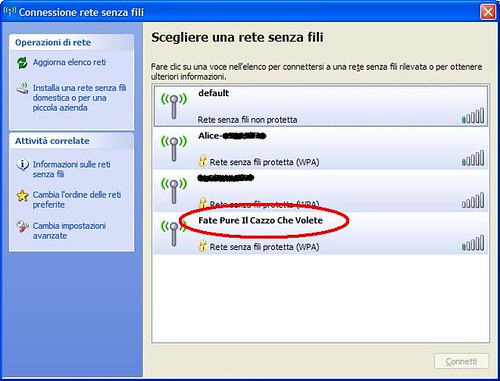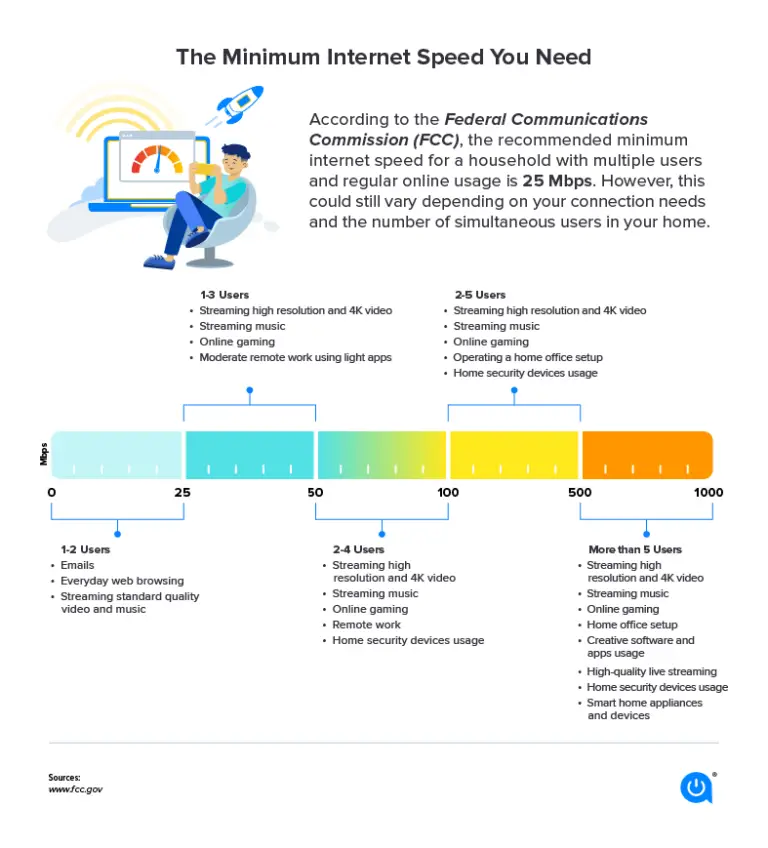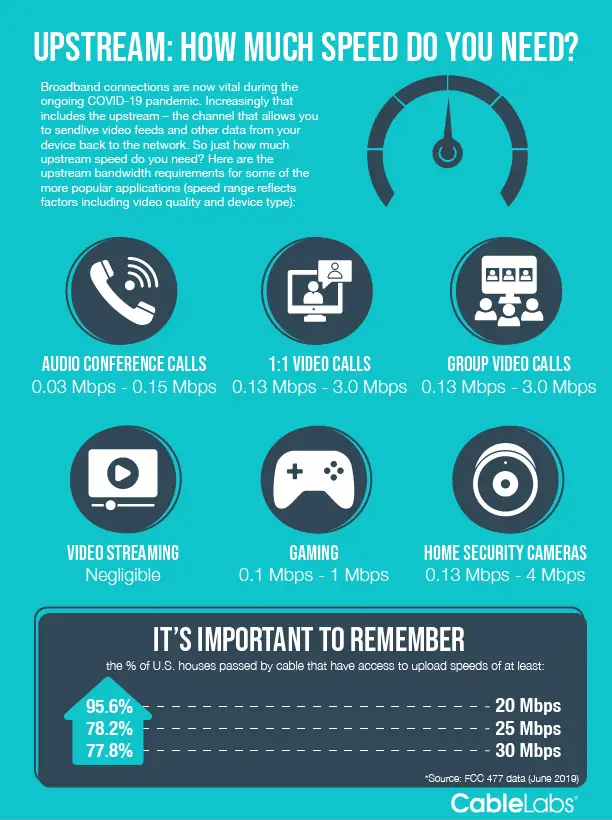Reasons Why You’re Experiencing Low WiFi Speed and What You Can Do About It
In a digital age where we rely on WiFi for almost everything, there’s nothing more frustrating than dealing with a sluggishly slow internet connection. Whether you’re trying to stream your favorite show, work from home, or just browse the web, high-speed WiFi is crucial to our daily tasks. But what if your WiFi isn’t up to par?
In this comprehensive guide, we’ll explore the reasons behind low WiFi speed and equip you with the knowledge to tackle these issues head-on. From understanding the factors that can slow down your connection to practical solutions and future technologies, this post is your go-to resource for all things WiFi speed-related.

Understanding Your WiFi Speed
Before you start troubleshooting, it’s important to grasp the basics of WiFi speed. Most of us are familiar with the term “megabits per second” (Mbps), which measures the rate at which data is transmitted over a network. This is essentially what determines how fast you can download a file, stream a video, or load a webpage.
However, it’s critical to understand that the WiFi speed you experience is often a fraction of the maximum speed provided by your internet service provider (ISP). Factors within your home network can decrease this speed significantly.
To test your WiFi speed, you can use online tools, or your ISP might have provided you with a specific website or app. Switch off all unnecessary devices to ensure an accurate reading, as multiple devices using the network can slow down the result.
Common Reasons for Slow WiFi
Overloading the Network
One of the most prevalent reasons for slow WiFi speed is network overuse. With the increasing number of smart devices in our homes, the demand on our networks is at an all-time high. Each device that connects to your WiFi network takes up a portion of your bandwidth.
Physical Barriers
The layout of your home and the materials it’s constructed from can all impact the strength and reach of your WiFi signal. Concrete walls, metal appliances, and even water can weaken the signal, resulting in slower speeds in different parts of your home.
Outdated Equipment
Technology advances at a breakneck pace, and WiFi equipment is no exception. If you’re still using a router that’s several years old, it may not be capable of delivering the speeds you need. Similarly, older devices might not be able to take advantage of the latest WiFi standards.
Interference
Electromagnetic interference from other electronic devices, such as microwaves or cordless phones, can disrupt the WiFi signal. Additionally, living in close proximity to others means that neighboring WiFi networks can sometimes overlap with your own, causing interference and decreasing your speed.
Solutions to Boost WiFi Speed
Optimize Your WiFi Network
Optimizing your WiFi network can involve various steps, such as ensuring your router is in the best location for signal coverage, updating its firmware to the latest version, and selecting the least congested WiFi channel.

Upgrade Your Equipment
If you’ve had the same router for many years, it might be time for an upgrade. Newer models offer faster speeds and more advanced features. You can also consider using WiFi extenders or setting up a mesh network to improve coverage.
Manage Device Usage
Prioritize important devices to make sure they get the best possible connection. You can also limit the number of devices on your network by disconnecting those not in use or implementing parental controls for your children’s devices.
Future of WiFi Technology
Emerging WiFi technologies, including WiFi 6, promise to deliver faster and more reliable connections. WiFi 6, also known as 802.11ax, is designed to handle the growing number of devices on home networks and significantly increase speed, particularly in crowded environments.
Conclusion
Slow WiFi speed can be a nuisance, but it’s a problem that can often be resolved with the right knowledge and tactics. By understanding the reasons behind your lagging connection and implementing the solutions provided, you’ll be on your way to enjoying a faster and more reliable WiFi experience.
It’s also worth remembering that while these tips are effective, the best way to secure a fast connection is to invest in quality equipment, stay updated with the latest technology, and always be mindful of the way you use your network. High-speed WiFi is not just a luxury—it’s an essential part of everyday life, and it’s within your control to ensure you have it.







